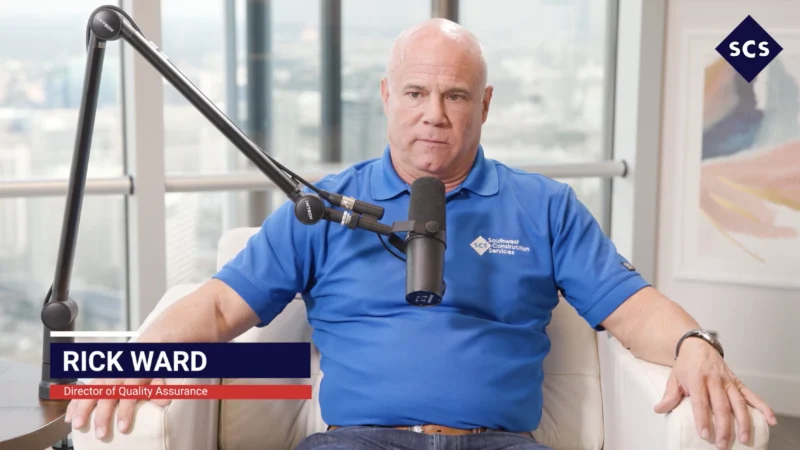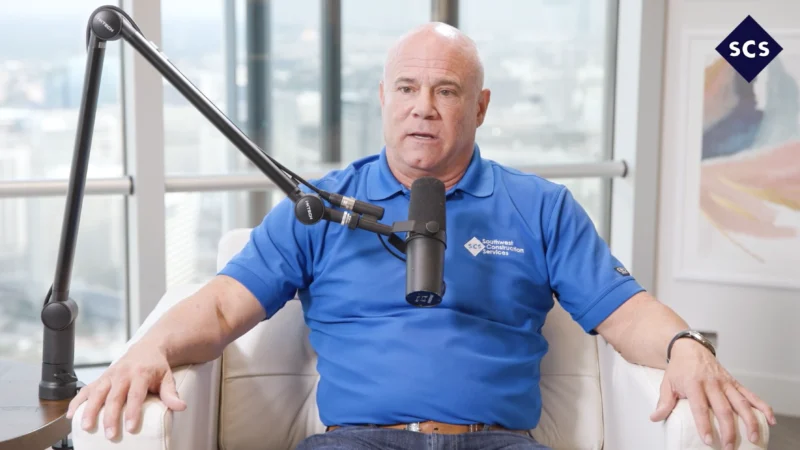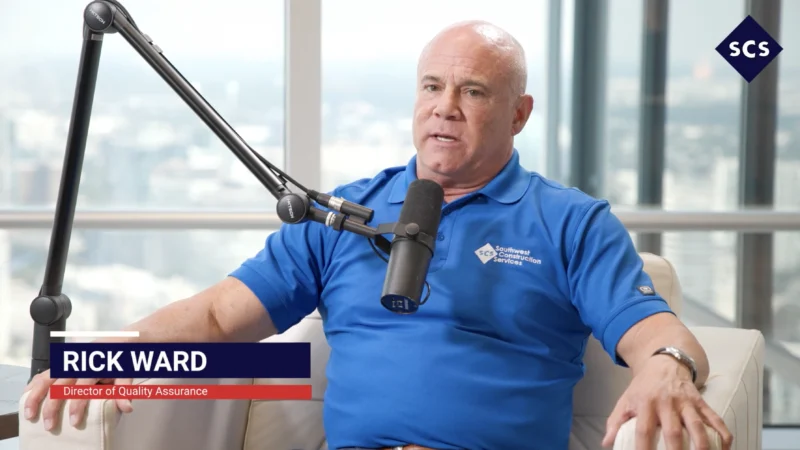Veterans Transitioning to Project Management and MHI Roles
Veterans retire with a variety of skills under their belt. These skills form a natural path from the military into the civilian workforce, particularly translating to project management. To talk about this overlap, DJ Hughes, a current armed forces reserve officer with twenty years of active-duty service under his belt, talks to host Tyler Kern about his transition into project management fifteen years ago.
“In my civilian career, I have done work in operations management and project management roles in a variety of companies. I have served in the Military Reserve,” said Hughes. He joined the Design Conveyor Systems team about a year ago.
The overlap lays the foundation, but Hughes has had some adjustments to make around pace. “It’s drilled into you to move with a sense of urgency in military training,” said Hughes. There’s good reason for it in the military, “but shifting can be difficult.” Project management requires a steady pace that consistently considers the overarching project goals and completes steps sequentially.
In project management and frontline work, “Leadership is critical, but we must accomplish our mission, the tasks in front of us,” said Hughes, “This mission mentality translates well into a project-based mindset because you have requirements, training that needs to happen, budgets that you must adhere to.”
Veterans are used to training and shifting from tactical to strategic levels. In project management, it’s all about planning. You have the proper plans in place. You understand what needs to be accomplished.
Communication is critical in the Army, Navy, and Air Force. “Always giving your intent, your mission. It’s clear from the person at the top to the soldier that they understand the ‘why,’’” said Hughes. Critical parts of project management outline communication expectations in the early planning stages. Through a project, communication must be clear. “We all have to understand the goal and how we’re going to execute to get there,” said Hughes.




